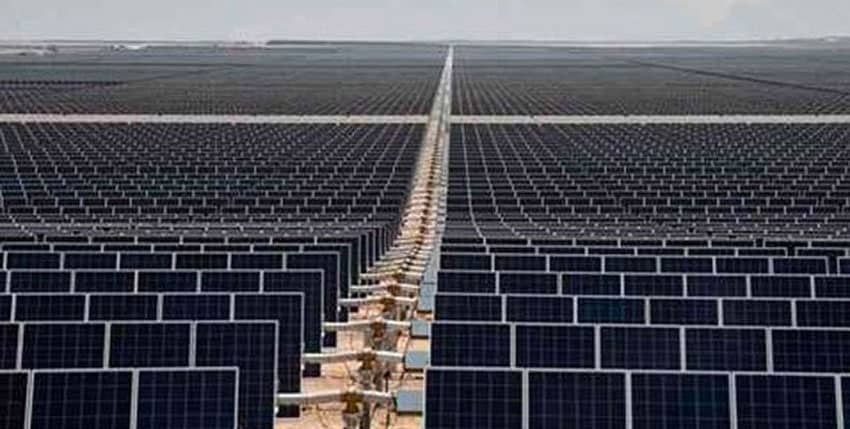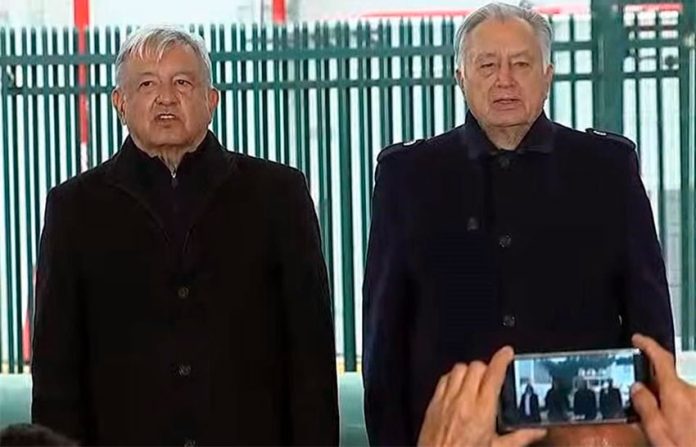The Federal Electricity Commission (CFE) has drawn up plans to limit private-sector participation in the energy market, according to a media report published Saturday.
The Financial Times said it has seen a CFE blueprint which includes measures that seek to increase the electricity transmission costs on which private companies have based their plans.
Energy experts told the newspaper that if the measures were implemented, they would immediately undermine the economic viability of some private-sector projects.
The Times said that companies producing electricity from renewable sources such as wind and solar would be most affected.
Such companies – which produce about 6% of Mexico’s energy – are able to generate power at less than half the cost of plants that run on fossil fuels.
A former energy sector official said that if they are approved, the measures would eliminate energy investment incentives and “absolutely destroy the [electricity] market.”
The CFE didn’t respond to the Times’ request for comment.
The former official said “the main objective” of the measures “is to strengthen the CFE by weakening all features of the market and erasing the independence of [national grid operator] Cenace and [the regulator] CRE . . . regardless of the impact on consumers and costs.”
The ex-official explained that would include getting rid of contracts between private electricity generators and their customers, revoking existing permits and putting up barriers that make it harder for renewable energy companies to enter the market.
The plans are in keeping with President López Obrador’s vision of strengthening the CFE in order to consolidate the state’s dominant role in power generation. The president is an outspoken critic of the previous government’s energy reform, which opened up the electricity and petroleum markets to foreign and private companies.
The president said on Saturday that if foreign investors are not prepared to invest in electrical generation, the government will. He said the private sector currently has 44% of the market and the CFE 56% but the latter could increase its share.

“. . . we are going to compete, invest and supply [energy] because now we are prepared . . .”
If business doesn’t invest, López Obrador warned, “we could finish our six-year term with 60 or 70%.”
CFE director Manuel Bartlett said this month that increasing the state’s capacity to generate power was an issue of national security. He also said that part of his job is to “rescue the CFE,” which has debt of US $19 billion and saw its profits plummet 81% in the third quarter.
The measures in the CFE blueprint are the government’s latest attempt to renegotiate energy sector rules, the Times noted.
The CFE launched legal action earlier this year that sought to annul clauses in pipeline contracts it deemed economically unfavorable, while the Energy Secretariat (SE) announced last month that it had decided to grant clean energy credits to old, state-run renewable energy projects.
López Obrador announced in August that the government had reached an accord with three pipeline companies that will save US $4.5 billion, while a federal appeals court last month ruled in favor of a company that challenged the SE decision, which critics say would severely harm clean energy investment.
Six foreign and Mexican renewable energy companies have launched legal action against the Energy Secretariat’s rule change.
Experts told the Financial Times that the measures in the CFE plans would also trigger legal action if enacted.
The Business Coordinating Council, a powerful lobby group, has written to Energy Secretary Rocío Nahle to urge the government to “respect the contractual terms on which electricity supply that has already been contracted is based,” especially the transmission fees.
Experts have also dismissed claims by Bartlett that renewable energy is risky because the sources it relies on – wind and sunshine – are not always available.
The intermittence issue has been “more than overcome in advanced economies,” said a senior official in the renewables sector.
Limiting private investment in the energy sector will result in higher generation costs for the CFE, the unnamed official told the Times, adding that Bartlett’s focus on state energy production is “a dogmatic obsession.”
Verónica Irastorza, a former undersecretary of energy planning, said that “not using renewables to generate electricity cheaply for Mexican manufacturers is just letting a golden opportunity go by.”
Among the renewable projects that could be affected by the CFE measures are a huge solar farm run by Italian company Enel in Coahuila and Latin America’s largest wind farm in the Isthmus of Tehuantepec region of Oaxaca.
Source: Financial Times (en), Milenio (sp)
